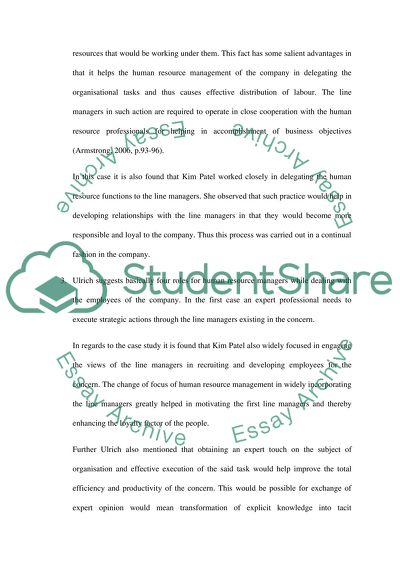Cite this document
(“Case study on Cafe Co Example | Topics and Well Written Essays - 4500 words”, n.d.)
Retrieved from https://studentshare.org/miscellaneous/1585700-case-study-on-cafe-co
Retrieved from https://studentshare.org/miscellaneous/1585700-case-study-on-cafe-co
(Case Study on Cafe Co Example | Topics and Well Written Essays - 4500 Words)
https://studentshare.org/miscellaneous/1585700-case-study-on-cafe-co.
https://studentshare.org/miscellaneous/1585700-case-study-on-cafe-co.
“Case Study on Cafe Co Example | Topics and Well Written Essays - 4500 Words”, n.d. https://studentshare.org/miscellaneous/1585700-case-study-on-cafe-co.


